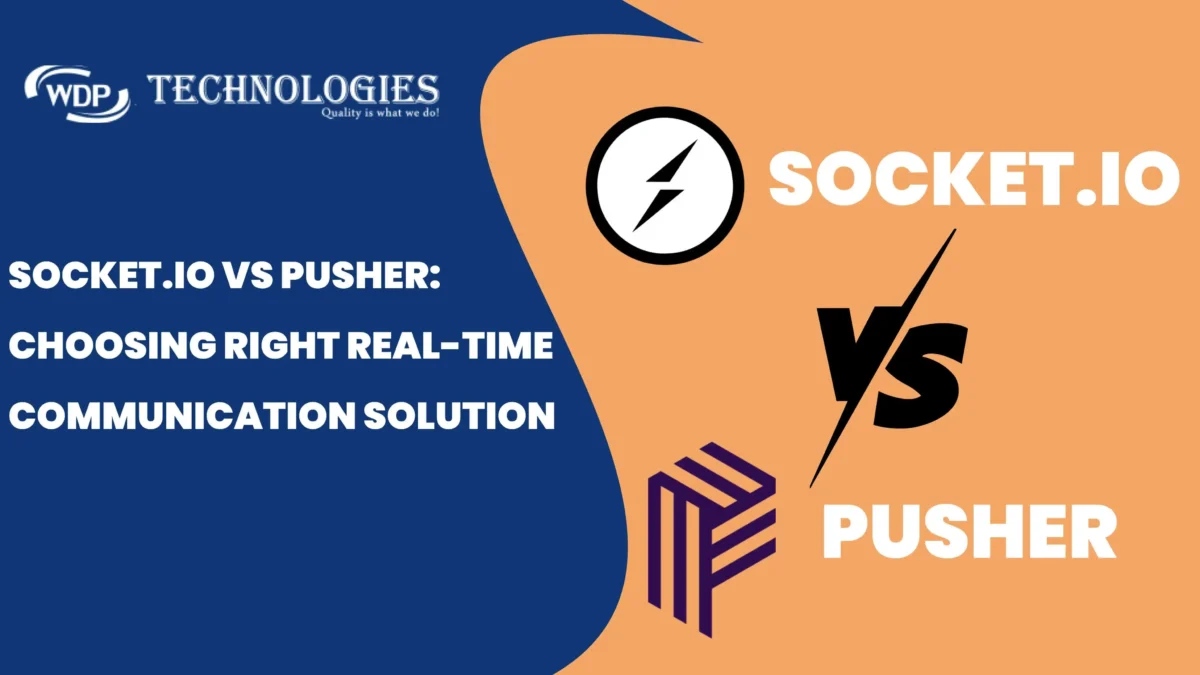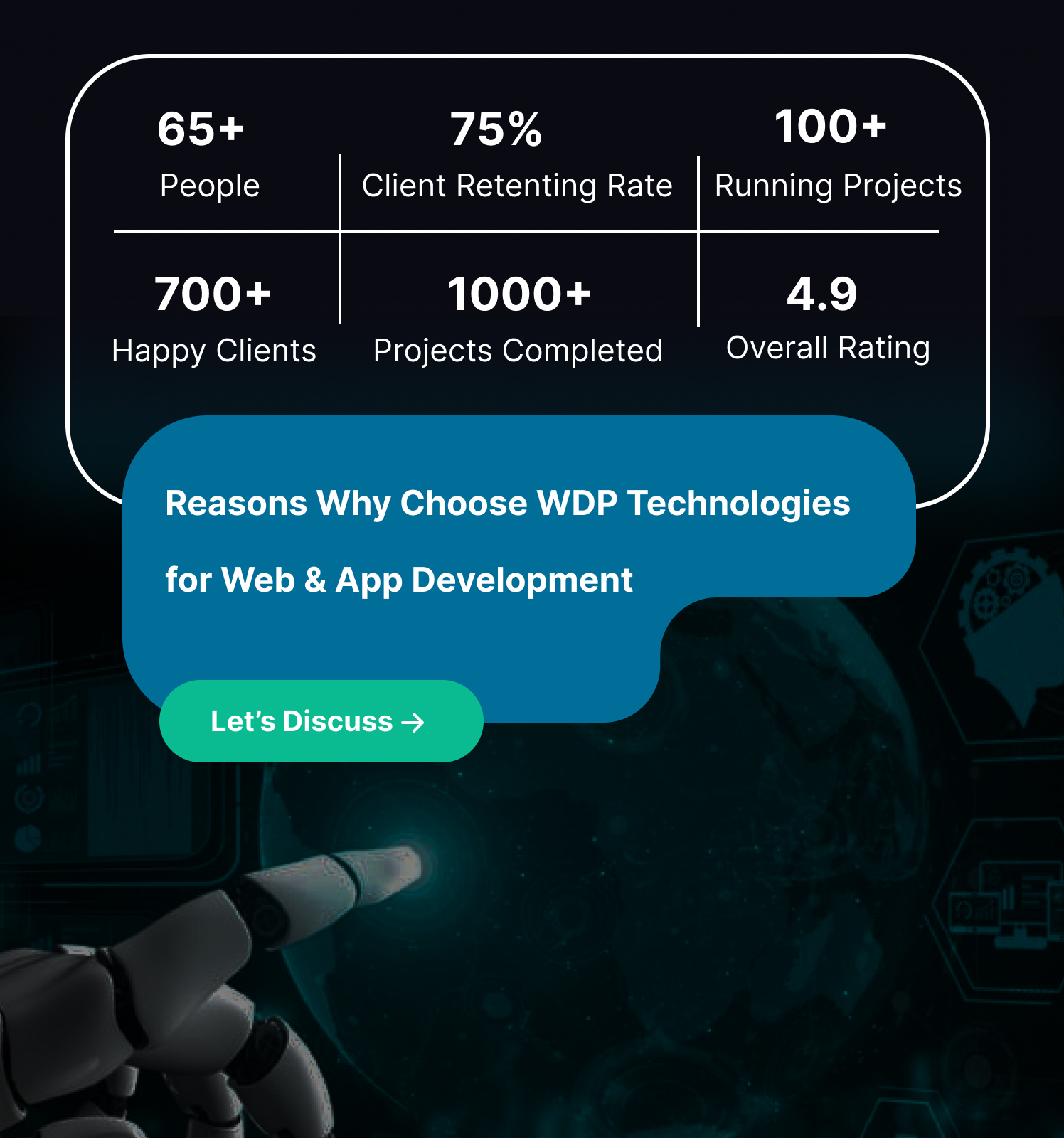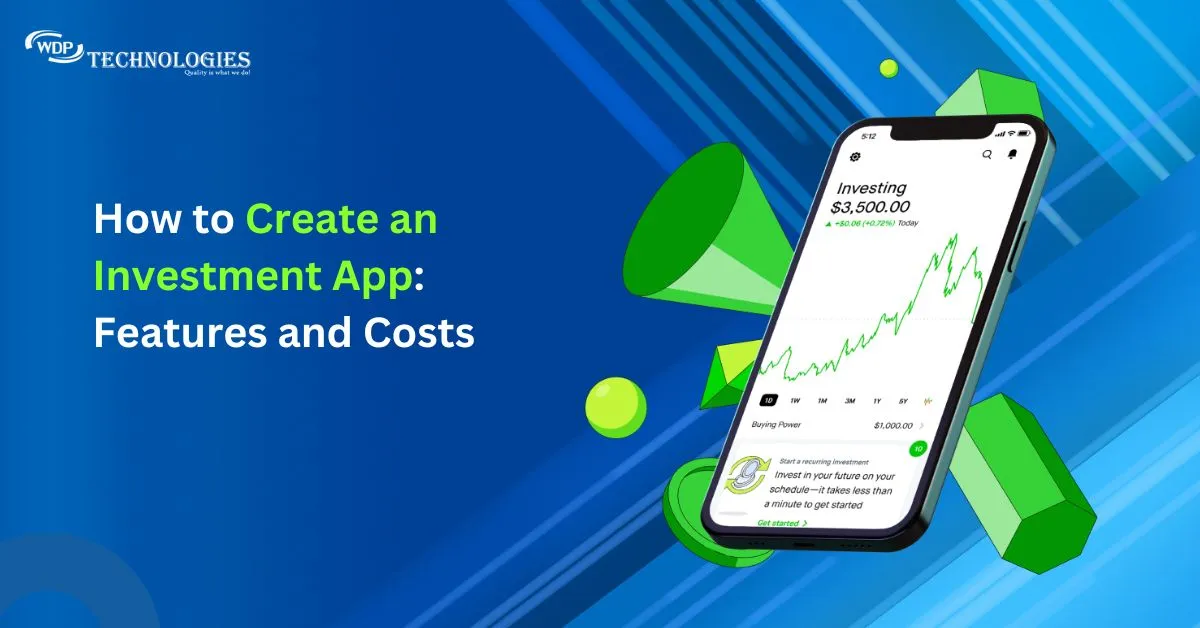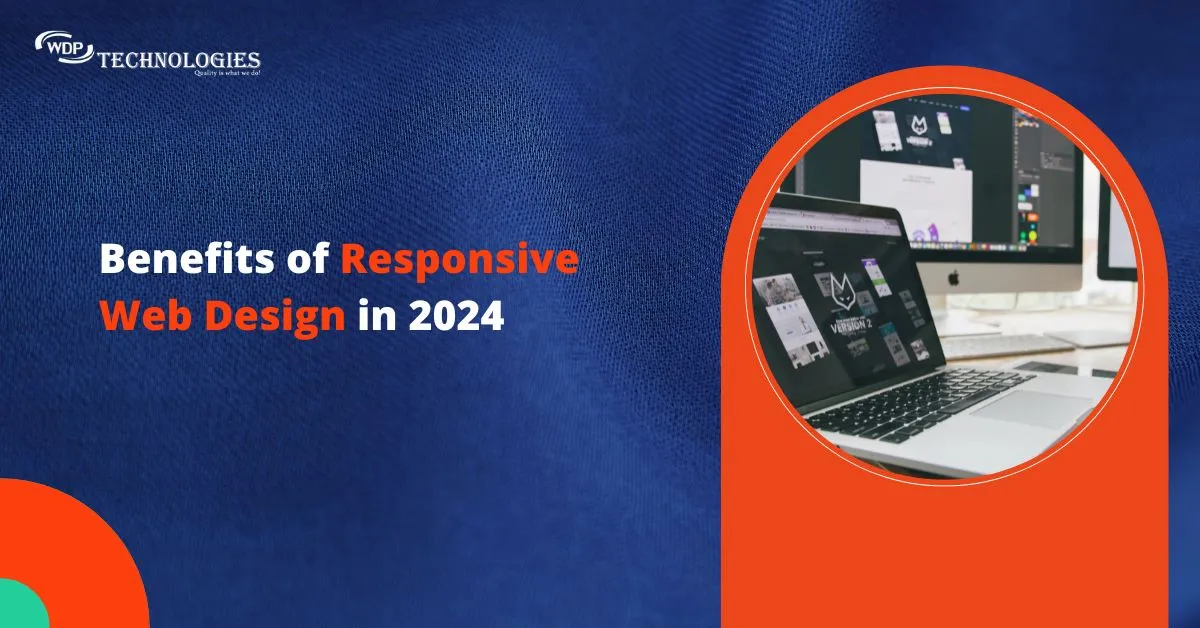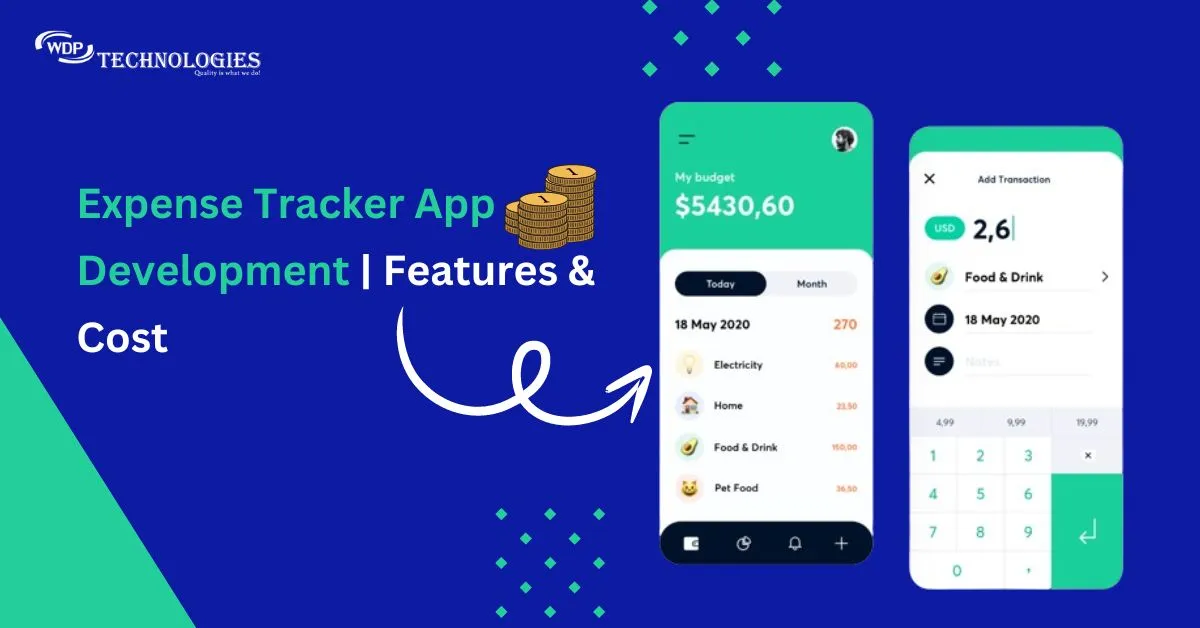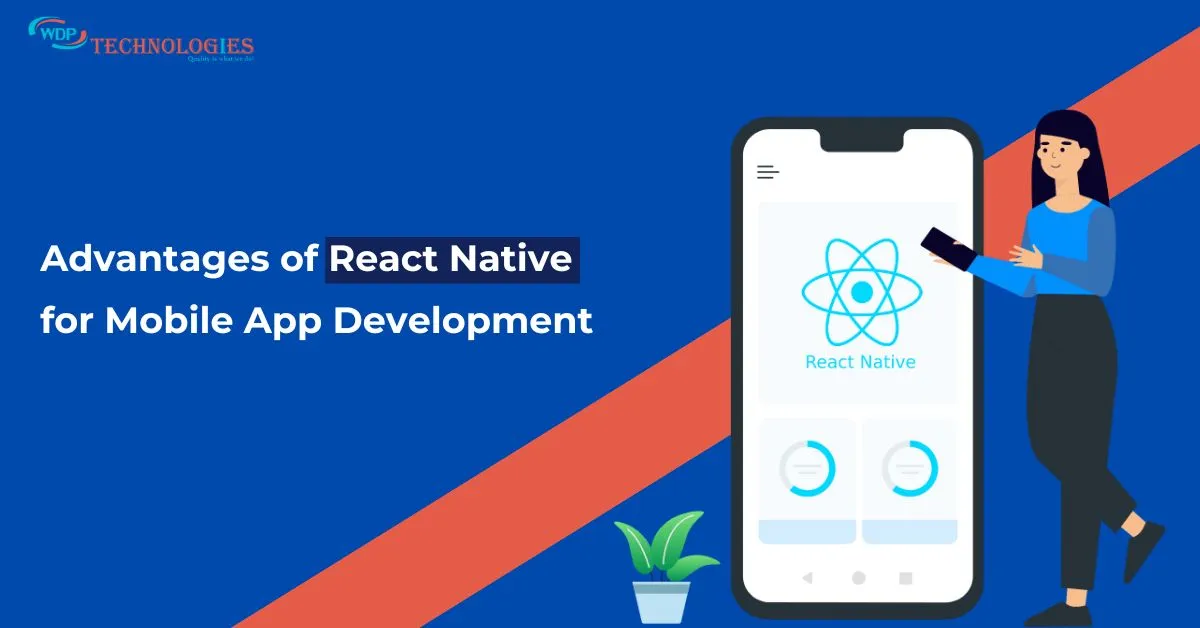In today’s fast-paced web environment keeping users engaged and information up-to-date is crucial. Real-time communication allows web applications to push data to clients instantly, creating a more dynamic and interactive experience. This is where Socket.io and Pusher come in – two popular tools that enable real-time functionality in your web projects. But which one socket.io vs pusher is the right choice for you?
Understanding Real-time Communication
Imagine a web application that feels alive, where updates happen instantly without needing to refresh the page. That’s the power of real-time communication. It allows web apps to exchange data with users continuously. Think of chat applications where messages appear as soon as they’re sent, or collaborative editing tools where changes made by one user are reflected for everyone else simultaneously. This is achieved through WebSockets, a technology that creates a persistent connection between your web browser and the server, enabling that constant flow of information. So, real-time communication makes web apps more dynamic, interactive, and engaging for users.
Socket.io vs Pusher: A Head-to-Head
Now that we understand the importance of real-time communication, let’s know both tech in detail.
1.Overview of Socket.IO:
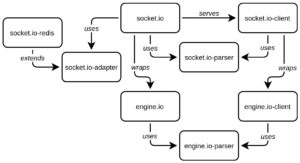
Socket.IO is a JavaScript library that enables real-time, bidirectional communication between web clients and servers. It uses WebSocket, a protocol providing full-duplex communication channels over a single TCP connection, but it also provides fallback options such as long polling for environments where WebSocket is not supported.
🔹Features & capabilities:
- Real-time event-based communication.
- Supports multiple transport mechanisms including WebSocket, AJAX long polling, and more.
- Built-in support for rooms and namespaces for organizing connections.
- Integration with various frameworks and platforms including Node.js, React, and Angular.
🔹Use cases:
Socket.IO is commonly used in applications requiring real-time features such as:
- Chat applications
- Multiplayer games
- Live streaming platforms
- Collaborative editing tools
🔹Pros:
- Open-source and highly customizable.
- Strong community support with active development.
- Scalable and suitable for large-scale applications.
🔹Cons:
- Requires setup and maintenance of a server.
- May have a steeper learning curve compared to hosted solutions.
Example code snippet demonstrating Socket.IO implementation:
// Server-side code
const io = require(‘socket.io’)(httpServer);
io.on(‘connection’, (socket) => {
console.log(‘A user connected’);
socket.on(‘chat message’, (msg) => {
io.emit(‘chat message’, msg);
});
socket.on(‘disconnect’, () => {
console.log(‘User disconnected’);
});
});
// Client-side code
const socket = io();
socket.on(‘chat message’, (msg) => {
console.log(‘Received message:’, msg);
});
2. Overview of Pusher:
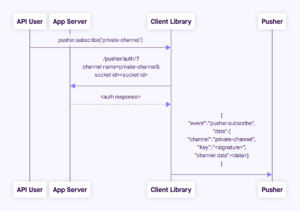
Pusher is a hosted service that simplifies real-time communication by providing APIs and libraries for developers to integrate into their applications. It abstracts away much of the complexity of setting up and maintaining a real-time infrastructure, allowing developers to focus on building their applications.
🔹Features and capabilities:
- Real-time event broadcasting and pub/sub messaging.
- Presence channels for tracking online users and their activities.
- Push notifications across various platforms including web, mobile, and desktop.
- REST API for integrating with backend systems.
🔹Use cases:
Pusher is suitable for a wide range of real-time applications, including:
- Real-time dashboards
- Live sports updates
- Stock market tracking
- Collaboration tools
🔹Pros:
- Easy to integrate and get started with.
- Hosted solution eliminates the need for managing infrastructure.
- Offers various SDKs for different programming languages and platforms.
🔹Cons:
- Limited control over infrastructure compared to self-hosted solutions.
- Pricing model based on usage can become costly for high-traffic applications.
Example code snippet demonstrating Pusher implementation:
// Server-side code
const Pusher = require(‘pusher’);
const pusher = new Pusher({
appId: ‘APP_ID’,
key: ‘APP_KEY’,
secret: ‘APP_SECRET’,
cluster: ‘APP_CLUSTER’,
encrypted: true
});
pusher.trigger(‘my-channel’, ‘my-event’, {
message: ‘Hello, world!’
});
// Client-side code
const pusher = new Pusher(‘APP_KEY’, {
cluster: ‘APP_CLUSTER’
});
const channel = pusher.subscribe(‘my-channel’);
channel.bind(‘my-event’, (data) => {
console.log(‘Received message:’, data.message);
});
Difference Between Socket.io vs Pusher
Socket.io and Pusher are both popular real-time communication libraries used in web and mobile applications, but they differ significantly in their approaches and features. Lets see difference between socket.io vs pusher in detail.
1. Deployment and Management:
Socket.io: This is an open-source library that you integrate into your existing server-side code. You have complete control over the setup and configuration, but it requires managing your own server infrastructure.
Pusher: This is a cloud-based managed service. Pusher handles all the server-side infrastructure, making it easier and faster to set up. However, you relinquish some control over the underlying system.
2. Scalability:
Socket.io: While it can handle real-time communication effectively, scaling Socket.io for very large applications can become complex as you need to manage server resources yourself.
Pusher: Pusher is specifically built for high scalability and can handle a massive number of concurrent connections seamlessly. This makes it ideal for large-scale applications with a high volume of real-time data exchange.
3. Ease of Use:
Socket.io: Socket.io requires more development effort as you need to write server-side code to handle real-time communication logic. However, the library offers a high degree of flexibility in how you implement real-time features. If you’re comfortable with Node.js, the barrier to entry might be lower.
Pusher: Pusher offers a simpler setup process with well-documented APIs and SDKs for various programming languages and frameworks. This makes it easier for developers to integrate real-time functionality without extensive coding.
4. Features:
Socket.io: Socket.io provides a wider range of communication patterns. You can establish direct connections between clients, create rooms for group communication, or utilize broadcasting to send messages to all connected users.
Pusher: Pusher offers a more focused set of features centered around a publish-subscribe model. Clients subscribe to channels, and servers publish updates to those channels, ensuring efficient data delivery. Pusher also offers additional features like presence channels (identifying connected users), webhooks (integrating with external services), and push notifications (sending alerts to mobile devices) – although some features might require paid plans.
5. Cost:
Socket.io: The library itself is free and open-source. However, you’ll need to factor in the cost of managing your own server infrastructure.
Pusher: Pusher offers a free plan with limited features and scalability. Paid plans unlock higher connection limits, advanced features, and increased functionality.
Similarities Between Socket.IO vs Pusher?
Pusher and Socket.IO are both popular choices for implementing real-time communication in web and mobile applications. Despite their differences in implementation and approach, they share several similarities:
1. Real-Time Bidirectional Communication:
Both Pusher and Socket.IO facilitate bidirectional communication between clients and servers in real-time. This allows for instant updates, messaging, and collaboration within applications.
2. Event-Based Messaging:
Both platforms utilize an event-based messaging system, where clients can trigger events and receive corresponding responses from the server. This makes it easy to organize and manage different types of interactions within the application.
3. Scalability:
Both Pusher and Socket.IO are designed to be scalable, allowing applications to handle a large number of concurrent connections and messages. They provide mechanisms for load balancing and scaling the infrastructure as the application grows.
4. Cross-Platform Compatibility:
Pusher and Socket.IO offer support for a wide range of platforms and programming languages, making them suitable for building applications across web, mobile, and desktop environments. They provide SDKs and libraries for popular frameworks and languages to simplify integration.
5. Presence Channels:
Both Pusher and Socket.IO offer features for managing presence channels, which allow applications to track the online presence of users and their activities. This is useful for building features such as user status indicators and real-time user lists.
6. Ease of Use:
While Pusher may be easier to get started with due to its hosted solution and simplified APIs, Socket.IO also provides a straightforward API and extensive documentation to facilitate integration. Both platforms aim to make real-time communication accessible to developers of all skill levels.
7. Community and Support:
Both Pusher and Socket.IO have active developer communities and provide resources such as documentation, tutorials, and support forums to assist developers in building real-time applications. Additionally, they offer paid support plans for businesses with specific requirements or assistance needs.
Pusher & Socket.IO Alternatives: 5 Competitors to Consider
While Pusher and Socket.IO are popular choices, there are other options to consider for real-time communication in your web application. Here are some alternatives to explore:
1. DIY Websocket Solution:
This approach involves building your own real-time functionality from scratch using WebSockets. It offers the most control and flexibility, but requires significant development effort and expertise in managing WebSockets on your server.
2. SockJS:
This is a JavaScript library that acts as a polyfill for WebSockets. It allows you to use a WebSocket-like API even if the browser doesn’t natively support WebSockets. This can be helpful for ensuring compatibility across older browsers.
3. Ably Realtime Platform:
Similar to Pusher, Ably is a cloud-based managed service that provides real-time communication infrastructure. It offers features like pub/sub messaging, presence channels, and encryption, making it a good option for scalable and secure real-time applications.
4. SignalR:
This is a Microsoft offering that enables real-time communication primarily for ASP.NET developers. It comes in various flavors, including a free, open-source version for ASP.NET Core and a fully managed cloud service on Azure.
5. Firebase Realtime Database:
If you’re already using Google’s Firebase platform for your web app, consider its Realtime Database feature. It offers a NoSQL database with real-time data synchronization capabilities, making it suitable for simple real-time data updates.
Choosing the Right Tool (Socket.io vs Pusher): Consider Your Needs
The best choice between Socket.io vs Pusher depends on your specific project requirements:
a. Choose Socket.io if:
- You have a smaller project with a limited budget.
- You need maximum flexibility and control over real-time communication.
- Your development team has expertise in Node.js and websockets.
b. Choose Pusher if:
- You need a faster development process and simpler integration.
- You anticipate a large user base and require high scalability.
- You value additional features like presence channels, webhooks, and push notifications.
Partner with us for expert development and bring your vision to life
Conclusion:
Socket.IO vs Pusher are both powerful tools for implementing real-time communication in web and mobile applications. Your choice between the two will depend on your specific project needs and constraints. Whether you prioritize flexibility and control or ease of use and scalability, both Socket.IO and Pusher offer reliable solutions for building real-time applications in today’s digital landscape.

